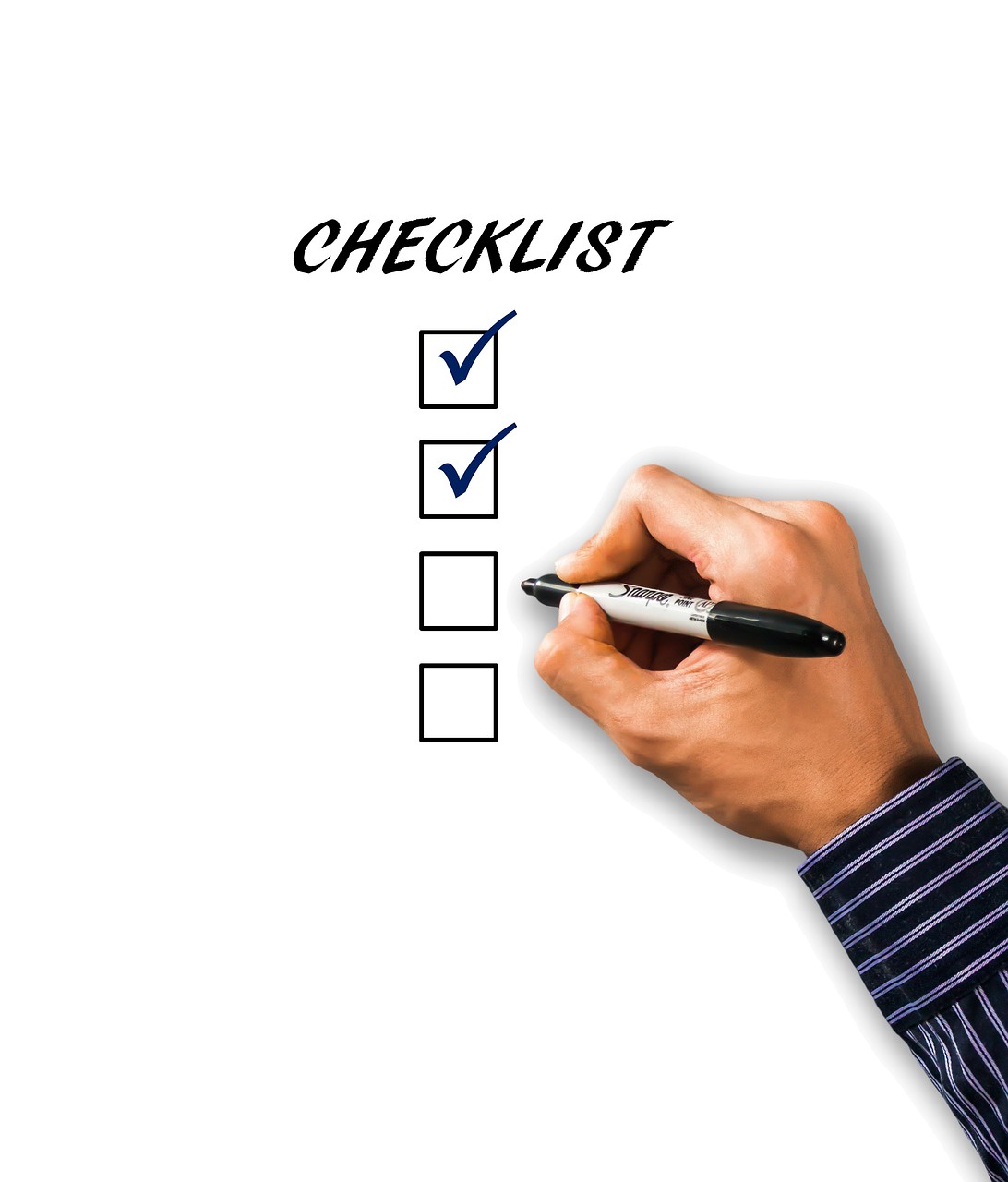In today's fast-paced world, facility management professionals are constantly seeking ways to streamline operations and enhance efficiency. One such tool that has gained immense popularity is the digital checklist.
These digital counterparts to traditional pen-and-paper checklists offer a plethora of benefits and are revolutionizing the way facilities are managed.
Benefits of Using Digital Checklists
Digital checklists offer numerous advantages over their paper-based counterparts. Firstly, they significantly improve efficiency and productivity by eliminating the need for manual data entry and paperwork. With Field Eagle digital checklists, tasks can be completed and recorded with just a few taps on a smartphone or tablet.
Moreover, digital checklists ensure greater accuracy and consistency in data collection. By standardizing procedures and providing prompts for each task, they reduce the likelihood of errors and oversights. This is particularly crucial in facility management, where adherence to regulatory standards and safety protocols is paramount.
Another key benefit of digital checklists is their accessibility and scalability. Unlike traditional paper checklists, which are often confined to physical locations, digital checklists can be accessed from anywhere with an internet connection. This is especially advantageous for facilities with multiple locations or remote teams, as it allows for seamless communication and collaboration.
Key Features of Digital Checklists
Digital checklists come equipped with a range of features that enhance their functionality and usability. One of the most notable features is customization options, which allow users to tailor checklists to their specific needs and requirements. Whether it's adding custom fields, creating reusable templates, or configuring automated workflows, digital checklists offer unparalleled flexibility.
Furthermore, digital checklists often integrate seamlessly with other software systems commonly used in facility management, such as asset management systems and work order software. This integration enables real-time updates and notifications, ensuring that all stakeholders are kept informed of any changes or updates.
Implementing Digital Checklists in Facility Management
While the benefits of digital checklists are clear, implementing them effectively requires careful planning and consideration. The first step is to identify the specific needs and workflows within your facility. This involves mapping out all the tasks and processes that can benefit from digitization and automation.
Once the needs have been identified, the next step is to select the right digital checklist platform. With numerous options available in the market, it's essential to choose a platform that aligns with your requirements in terms of features, scalability, and ease of use. Additionally, thorough training and onboarding of staff are crucial to ensure smooth adoption and utilization of the new technology.
Best Practices for Using Digital Checklists
To maximize the benefits of digital checklists, it's important to follow some best practices. Firstly, standardizing procedures across all facilities and departments ensures consistency and uniformity in operations. Regular updates and revisions to checklists are also essential to reflect changes in processes or regulatory requirements.
Moreover, monitoring and analytics play a crucial role in optimizing the effectiveness of digital checklists. By tracking key metrics such as completion rates and time to resolution, facility managers can identify areas for improvement and make data-driven decisions.
Challenges and Solutions
Despite their numerous benefits, the adoption of digital checklists in facility management is not without its challenges. One common challenge is resistance to change, as some employees may be reluctant to embrace new technologies.
In such cases, clear communication and comprehensive training programs can help alleviate concerns and facilitate a smooth transition.
Technical issues such as software bugs or connectivity issues can also pose challenges. To mitigate these risks, it's important to choose a reliable and robust digital checklist platform with dedicated customer support.
Data security is another concern, especially when sensitive information is involved. Implementing robust security measures such as encryption and access controls can help safeguard data and mitigate the risk of breaches.
Future Trends in Digital Checklists for Facility Management
Looking ahead, the future of digital checklists in facility management looks promising. One emerging trend is the integration of artificial intelligence and machine learning capabilities, which can enhance the intelligence and automation of checklists. For example, AI-powered algorithms can analyze historical data to predict maintenance needs and optimize scheduling.
Furthermore, the integration of Internet of Things (IoT) devices with digital checklists opens up new possibilities for real-time monitoring and predictive maintenance. By leveraging data from sensors and connected devices, facility managers can proactively identify issues and take preventive action before they escalate.
Conclusion
In conclusion, digital checklists have emerged as indispensable tools for modern facility management. Their ability to improve efficiency, accuracy, and scalability makes them invaluable assets for organizations across various industries.
By embracing digital transformation and adopting best practices, facility managers can unlock the full potential of digital checklists and elevate the standards of facility management.


No comments yet